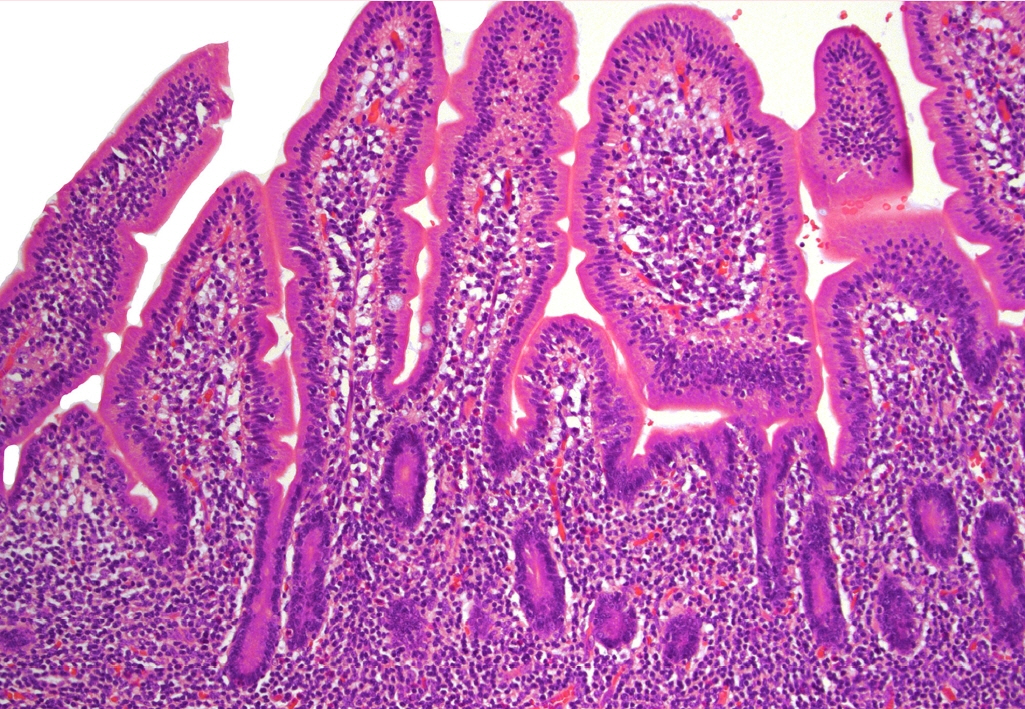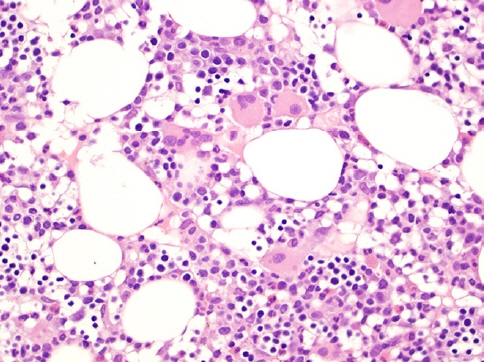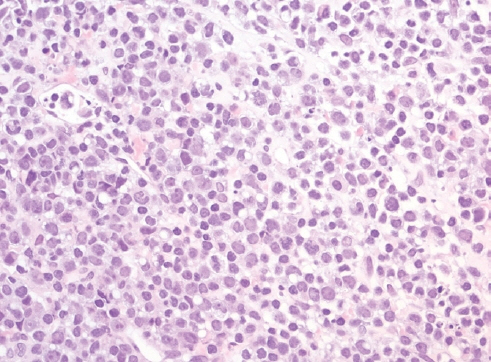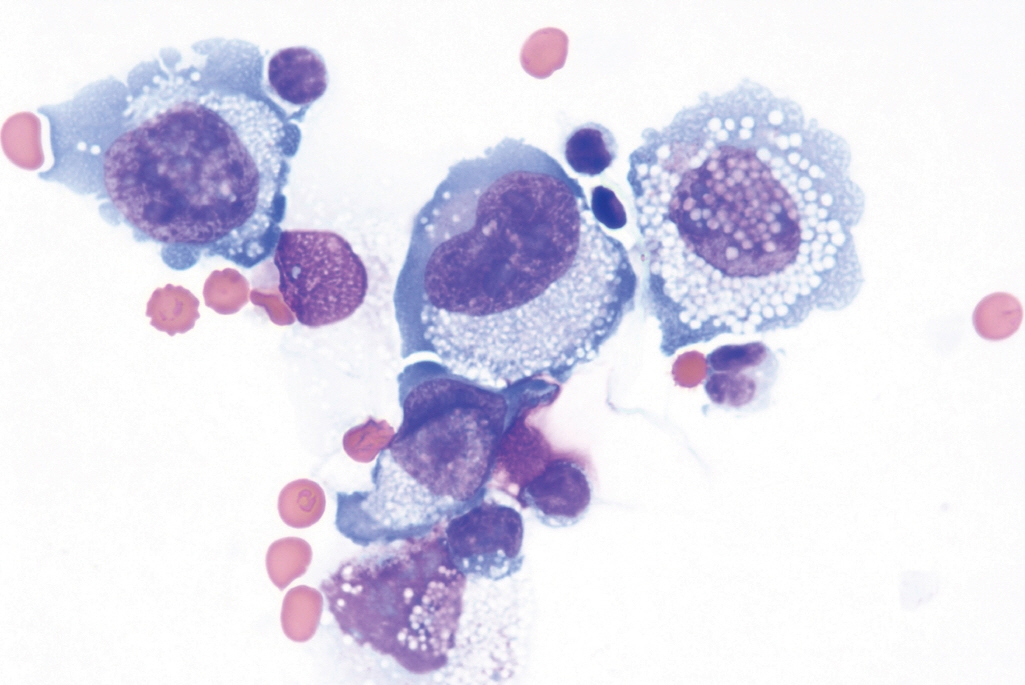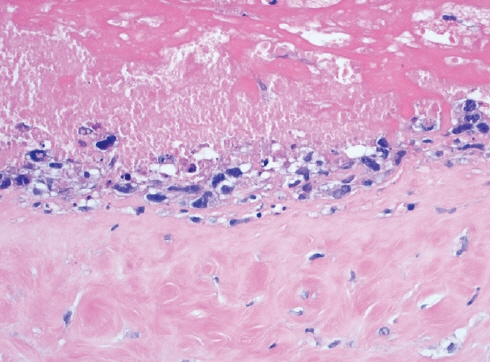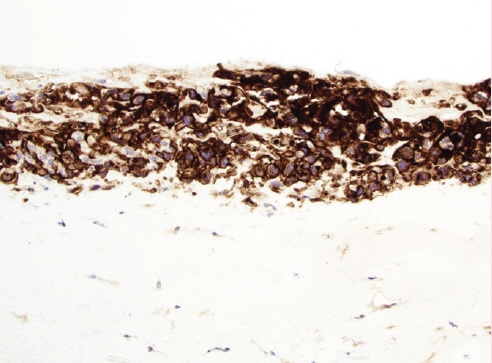J Pathol Transl Med.
2023 Jul;57(4):246-249. 10.4132/jptm.2023.06.15.
What’s new in hematopathology 2023: updates on mature T-cell neoplasms in the 5th edition of the WHO classification
- Affiliations
-
- 1Department of Translational Molecular Pathology, The University of Texas MD Anderson Cancer Center, Houston, TX, USA
- 2Department of Hematopathology, The University of Texas MD Anderson Cancer Center, Houston, TX, USA
- KMID: 2544333
- DOI: http://doi.org/10.4132/jptm.2023.06.15
Abstract
- The overview of the upcoming Blue Book of the 5th edition of the World Health Organization Classification of Hematolymphoid Tumors was published in Leukemia in June 2022. The updates on mature T-/NK-cell lymphomas and leukemias are organized in nine groups based on cell of origin, morphology, clinical scenario, and localization, and are highlighted in this newsletter.
Figure
- Full Text Links
- Actions
-
Cited
- CITED
-
- Close
- Share
- Similar articles
-
- What’s new in kidney tumor pathology 2022: WHO 5th edition updates
- What’s new in neuropathology 2024: CNS WHO 5th edition updates
- What’s new in dermatopathology 2023: WHO 5th edition updates
- What’s new in genitourinary pathology 2023: WHO 5th edition updates for urinary tract, prostate, testis, and penis
- What’s new in soft tissue and bone pathology 2022–updates from the WHO classification 5th edition

